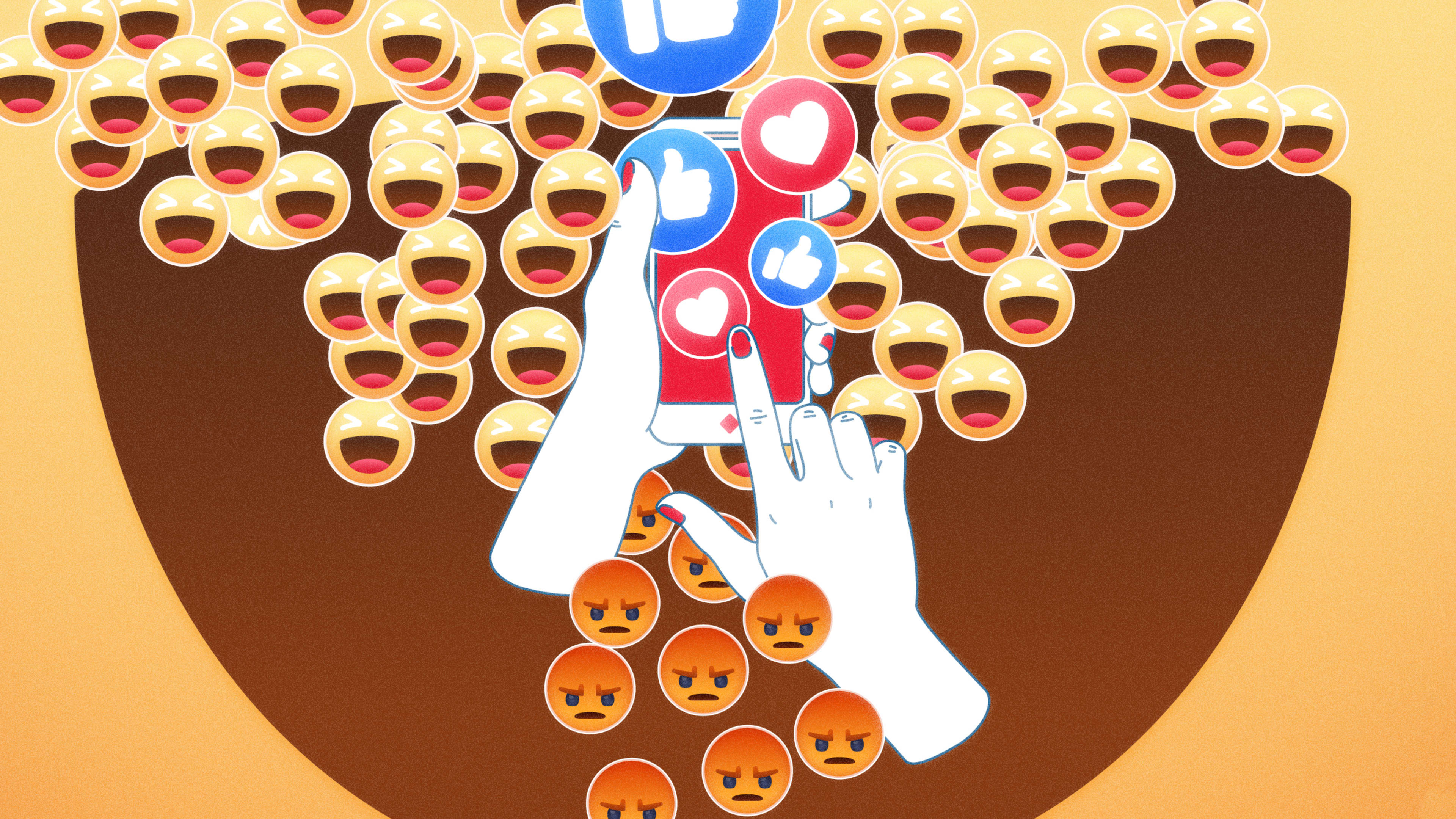In the end, elections come down to swing voters. The statisticians love to thin-slice them (NASCAR Dads! Reagan Democrats! Fiscally Hawkish Hells Angels!), and pundits love to talk about the messages that will, well, swing them. But if you’re only thinking about messaging, you’re missing half the story. A message will only land if it’s delivered in the right way. The same message can leave me staring nobly into the middle distance, or with a wry smile, or with my heartstrings tugged.
I’ve spent years measuring what genres of content appeal to certain audiences. My company can predict what somebody will love and what they won’t. It turns out that nonaligned U.S. voters have some very definite preferences when it comes to content, and they’re completely different from what’s being served up to them on social media.
First, let’s look at swing voters’ taste. It’s more South Park than 60 Minutes. Check out the wheel below. The bits that spike outwards show where they prefer a genre of content, and the bits that spike inwards (duh) show genres that they’re not so into. The first thing you’ll see is that they’re far more engaged by humor and beauty than they are by useful and inspiring content (though they like heartwarming stories and anything that appeals to their sense of wonder).
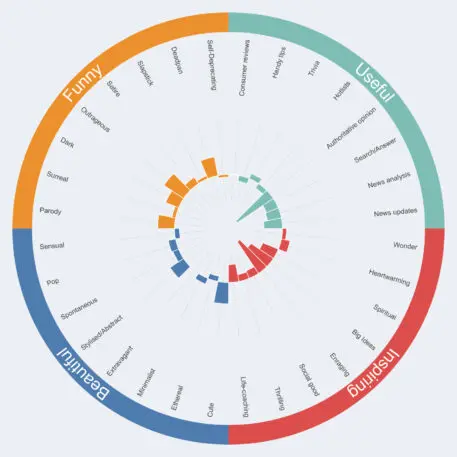
This has been a fist-slamming screaming match of an election. Rage means retweets, or comments, and if you count both of those as engagement, then rage is an easy route to success. Our data tells a different story: It tells us that this key audience is actively disengaging from the anger. And when your most vital voters are easily turned off by maddening howls and finger-wagging opinions, then politicians should sit up and take notice.
We started by surveying 4,000 U.S. swing voters on their overall content preferences (that’s the wheel above). Then we did a deep dive into the tweets of some prominent candidates to see how they match up with swing voters’ preferences. As they say on TikTok, I think you know where this is going to go.
Elizabeth Warren

I still believe we need a two-cent wealth tax to make guys like Donald Trump pay their fair share. @JimCramer is right: Jeff Bezos won’t like it, but boo-hoo. It’s time to make this government work for teachers and nurses, not just the rich and powerful. #DeliveringAlpha pic.twitter.com/kCXbWDIPx6
— Elizabeth Warren (@SenWarren) October 1, 2020
She’s also one of the few candidates who compete on big ideas: canceling student debt, for example, or criminal justice reform. The problem is, big ideas turn swing voters off almost as much as enraging content (Senator Warren is no stranger to rage, usually in the form of righteous indignation). Warren even manages to turn a segment on Jimmy Kimmel into a mini-TED talk, which seems to be a wasted opportunity when the swing voter audience loves a laugh.
Last night, @JimmyKimmel asked me what I thought of the Supreme Court hearings. I told him: this Republican effort to rip away health care should not be taking place. pic.twitter.com/1Gu2DHTudp
— Elizabeth Warren (@SenWarren) October 13, 2020
Hot tips for Elizabeth Warren:
- Just because your subject is deadly serious doesn’t mean you have to be. Remember Dumb Ways to Die?
- If you want to get wonkish with undecided voters, go visual. They dig a bit of abstract imagery, so learn to love data viz, and they might learn to love your ideas.
- If you go on Kimmel again, persuade him to do more gags. It will increase his political clout.
Marco Rubio

What is crooked cannot be made straight, and you cannot count what is not there.
Ecclesiastes 1:15
— Marco Rubio (@marcorubio) September 24, 2020
Let he who hath never been ratio’d cast the first stone.
Rubio seems to take the Bible’s advice: Be slow to anger and consider it an honor to overlook an offense (Proverbs 19:11). He posts little that’s enraging, confining his ire to his arch-enemy, China. While swing voters generally don’t respond to news updates, Senator Rubio scores high here by relaying timely information about Hurricane Sally, so it’s fair to make an exception.
Hot tip for Marco Rubio:
- If you could make your faith a little less abstract and a little more heartwarming, it would get more traction. There’s this guy on Twitter you should check out; he’s called @pontifex, and he’s killing it.
Kindness frees us from the cruelty that at times infects human relationships, from the anxiety that prevents us from thinking of others, from the frantic flurry of activity that forgets that others also have a right to be happy. #FratelliTutti
— Pope Francis (@Pontifex) October 26, 2020
Jaime Harrison
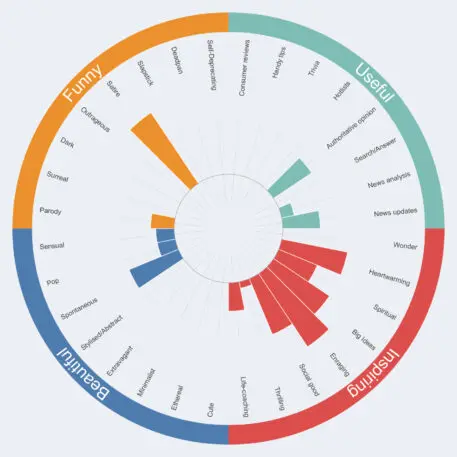
You heard the man… 🤷🏾♂️ pic.twitter.com/xJzYjcKzsm
— Jaime Harrison (@harrisonjaime) October 8, 2020
His heartwarming messaging goes far beyond satire. His family features regularly in his tweets and campaign material, including a message from his wife with a delightfully self-deprecating ending: I’m Jaime Harrison, how could I not approve this message? If there’s one candidate that needs swing voters, it’s Mr. Harrison. According to our data, he’s pressing a lot of their buttons.
Hot tips for Jaime Harrison:
- Your heartwarming humor and powerful emotional appeals are a master class for any underdog candidate—keep going.
- Whatever happens in this election, you should educate some of your less able running mates in how to channel rage into more palatable kinds of engagement.
Lindsey Graham
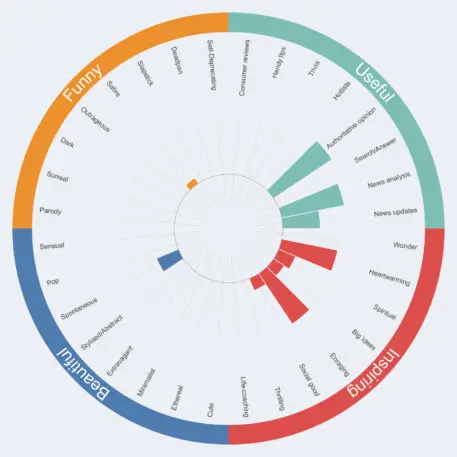
Jaime Harrison will be a loyal foot soldier in the cause of the radical liberals to destroy America as we know it.
As to me – I will be part of the Resistance and oppose their radical liberal agenda as they try to fundamentally change America.
#5
— Lindsey Graham (@LindseyGrahamSC) September 19, 2020
He also goes after his opponent for not releasing his tax returns. Is that satire, or an ocean-going, three-masted, copper-bottomed lack of self-awareness? Let’s go with satire.
It’s now been 5 days, so I’ll ask again: Where are your tax returns, @HarrisonJaime? What are you hiding? https://t.co/AJypDZxtm1 pic.twitter.com/PQ3PLoNqhz
— Lindsey Graham (@LindseyGrahamSC) September 14, 2020
Senator Graham is often at his best when he’s heartwarming; just like Jaime Harrison, he has wonderful warmth and spontaneity. Here he is chatting to a World War II veteran on her hundredth birthday:
https://twitter.com/LindseyGrahamSC/status/1312174688378839040?s=20
Hot tips for Lindsey Graham:
- You are at your best speaking informally to a camera. Learn to pick up your mobile and talk directly at it, as you would to an old friend. Swing voters love that spontaneous vibe.
- Any Republican who goes after an opponent’s tax returns with a straight face is a deadpan humor genius. Own it.
Alexandria Ocasio-Cortez

The best moments from @AOC's Among Us stream on @Twitch last night. pic.twitter.com/13dGGgeWTF
— The Recount (@therecount) October 21, 2020
Remember in The Simpsons when the prosecution lawyer just starts listing Hollywood Superhunks because he’s so sure he’ll beat the hopeless Lionel Hutz? That’s the point @AOC has got to with social media burns.
Some days I wake up & it seems there’s 500 GOP wannabes pitching themselves as the “anti-AOC.”
First of all, as Republicans y’all don’t have the range.
Secondly, most of you are just afraid to run against your actual Dem opponent. It’s lazy. Work harder. https://t.co/rMMQOSo3lG
— Alexandria Ocasio-Cortez (@AOC) September 18, 2020
As the election has neared, Ocasio-Cortez’s tweets have become more serious, more ideas-driven. This may appeal to her base, but she has the range to appeal to the humor and spontaneity craved by swing voters across the nation.
Hot tips for Alexandria Ocasio-Cortez:
- Don’t let the gravity of the election block your lighter side. In dark times, people crave simple moments of joy, something you have provided shedloads of in the past.
- Do more Twitch.
Dan Crenshaw
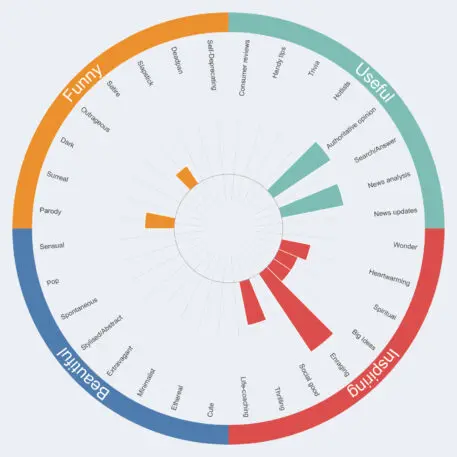
‘Rad’ isn’t the first word that springs to mind when you think of a politician. But Mr. Crenshaw is rad. He skydives! He has a mission! He has pals who fly and smoke cigars! He is a patriot who, in the first few seconds of his campaign video, takes orders from a shadowy genius with a British accent! The latter is puzzling, but as a shadowy British genius myself, I can only approve. If only swing voters liked radness, this would be a great strategy. But they don’t. Thrilling content leaves them cold.
Fortunately, Mr. Crenshaw has other strings to his matte-black carbon-fiber bow. He has a loose, informal warmth when he talks without a script, and even in more staged films, he puts across big ideas with passion and sincerity, opening up about his mother’s cancer when talking about healthcare.
I was ten when I lost my mom to cancer. And I'm alive today – I can see – because of incredible doctors. Health care is personal to me, just like it is to you.
You deserve personalized health care. That's what I'm fighting for in Congress. Help us here:https://t.co/KmQJxpwPpZ pic.twitter.com/wJB8CnbJrP
— Dan Crenshaw (@DanCrenshawTX) September 19, 2020
He also has a millennial’s eye for satire and pop culture memes, which go down well with undecided voters, many of whom are his own age.
https://t.co/mpNsLGYqu4 pic.twitter.com/D80m5YlTUd
— Dan Crenshaw (@DanCrenshawTX) October 6, 2020
Hot tips for Dan Crenshaw:
- Less Top Gun, more Naked Gun. There’s a lot of deadpan wit and knowing parody in that action movie. Dial up the funny.
- You have a lot of swashbuckling panache and a strong sense of style. Swing voters are visually driven. Put the money on the screen.
Channel your anger
I get it—America is angry. But the very messages that are getting politicians huge support from their base and burns from their opponents are alienating the middle ground. To win in the future, successful U.S. politicians are going to have to work to engage that lost audience in a new way. All the Facebook targeting in the world won’t help you if people are tuning out your screaming match.
Politicians love the sounds of their own voices. This audience doesn’t care for authoritative opinion. How to get around this? Be spontaneous—don’t harangue people from a pulpit. Make videos in the bathroom mirror; react with emotion. Emmanuel Macron turned his image around by touring France. He didn’t make speeches. He listened, answered questions, and took notes. His approval rating went up six points in a few days.
There are two kinds of inspiring content that swing voters do respond well to: heartwarming and wonder. I’ve already given some tips about heartwarming stories, but get this: I’ve not seen one piece of content that appealed to people’s sense of wonder. The United States is a wondrous place in dozens of ways. You might want to mention that occasionally. It worked okay for Teddy Roosevelt.
Be visual. YouTube is full of explainer videos that make politics clear. Data viz has become an art form. Save your money making yourself look like Jean Claude Van Damme; make some cute animated videos to get your points across with some flair.
And if you can’t beat the comedians, join them. The Lincoln Project has. It channels rage through vitriolic wit to make serious points. It’s sometimes accused of preaching to the choir, but we disagree. It’s almost perfectly pitched at the most critical audience in the United States. Love it or loathe it, the Lincoln Project may be the future of U.S. politics on social media.
Brian Millar is cofounder of Paddle Consulting, a company that measures the engagement preferences of global audiences. Candidates’ engagement profiles were created using tweets from September 14 to October 14.
Recognize your brand’s excellence by applying to this year’s Brands That Matter Awards before the early-rate deadline, May 3.
